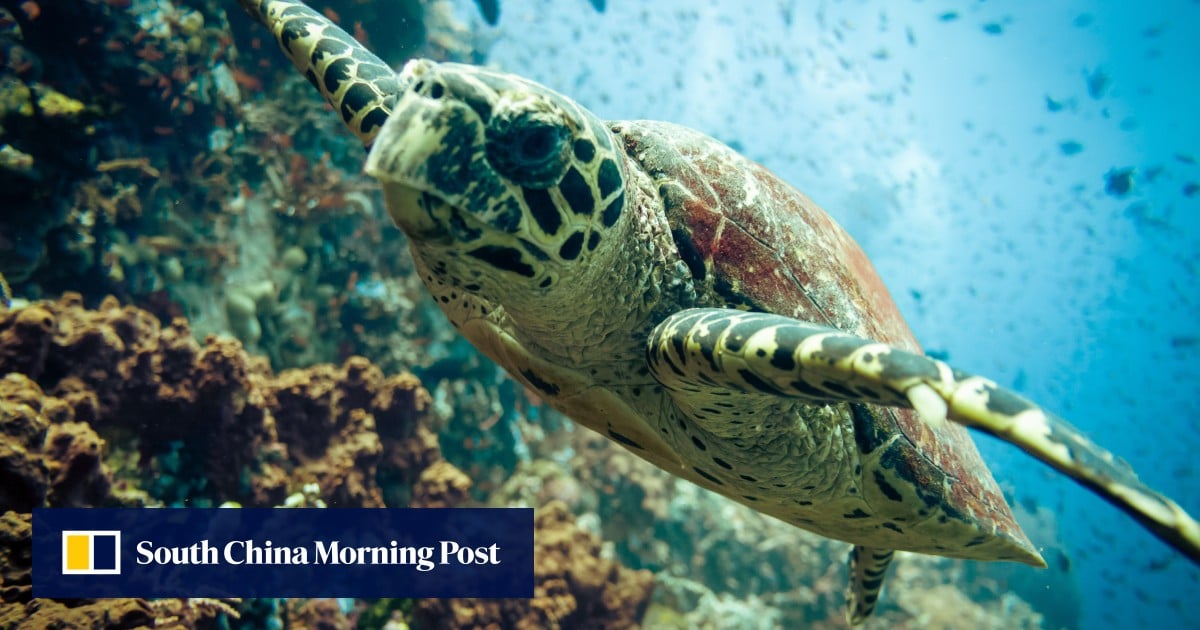Natural abundance – from Puerto Galera’s mangrove forests to its reefs – led to the area’s inscription as the Philippines’ first Unesco biosphere reserve, in 1977.
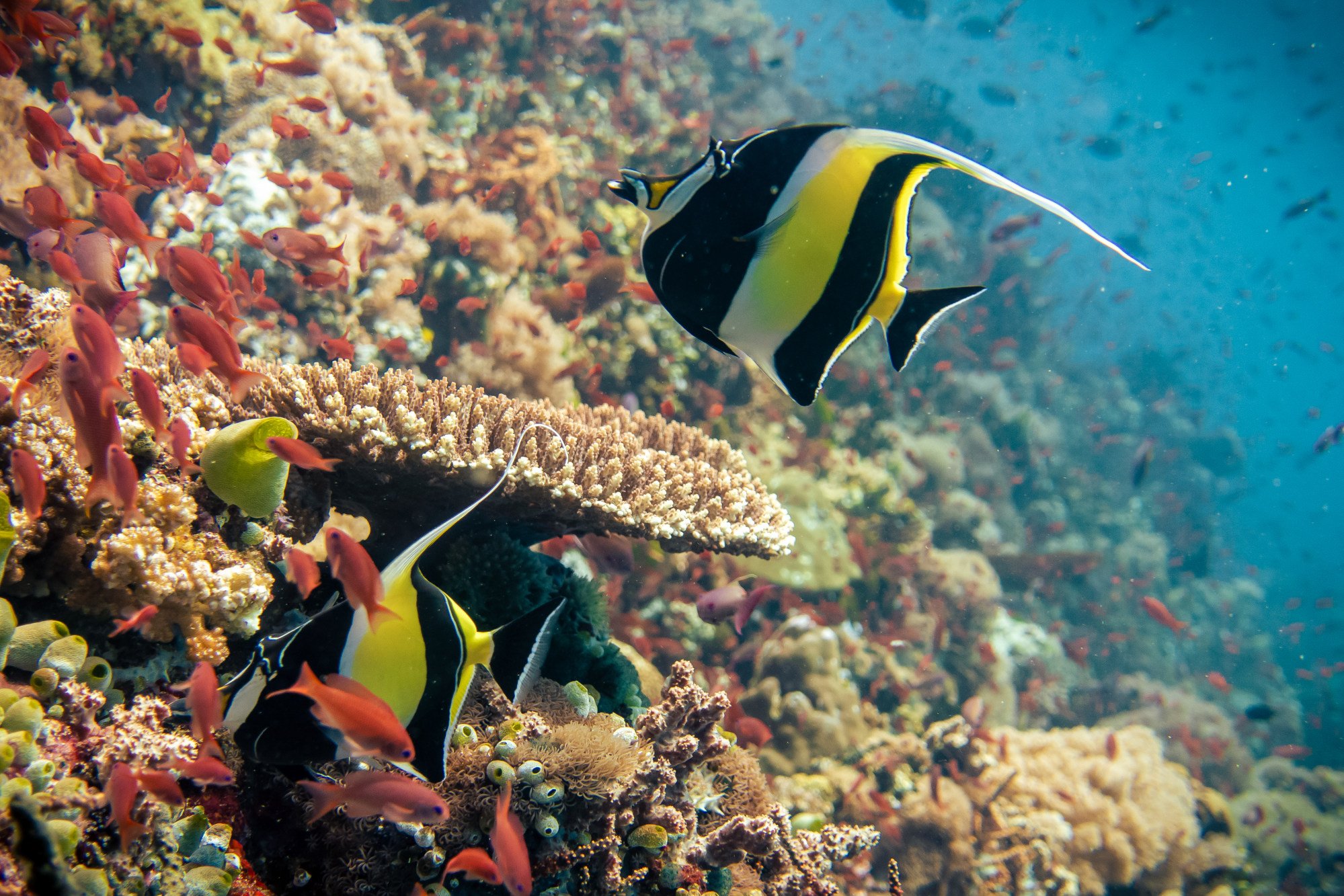
A two-hour minibus ride from the Philippine capital is Batangas, from where I take a 30-minute water taxi to Puerto Galera.
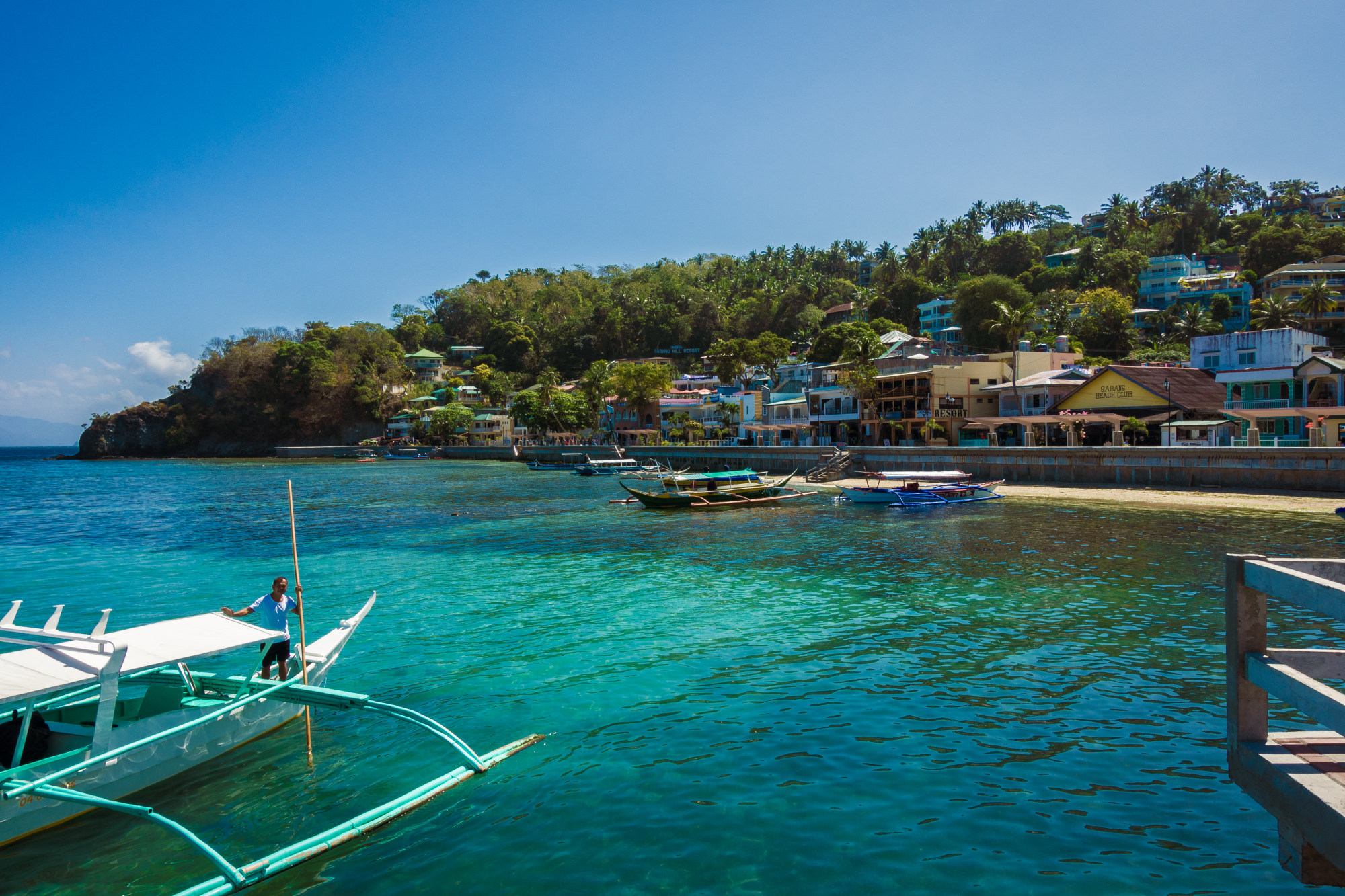
The faint tang of petrol taints the sea air along the waterfront and the soundtrack is the unmistakable clank of scuba tanks being loaded onto boats.
The first day is a whirlwind tour of the dive sites close to Sabang: Monkey Beach, Wreck Point, La Laguna.
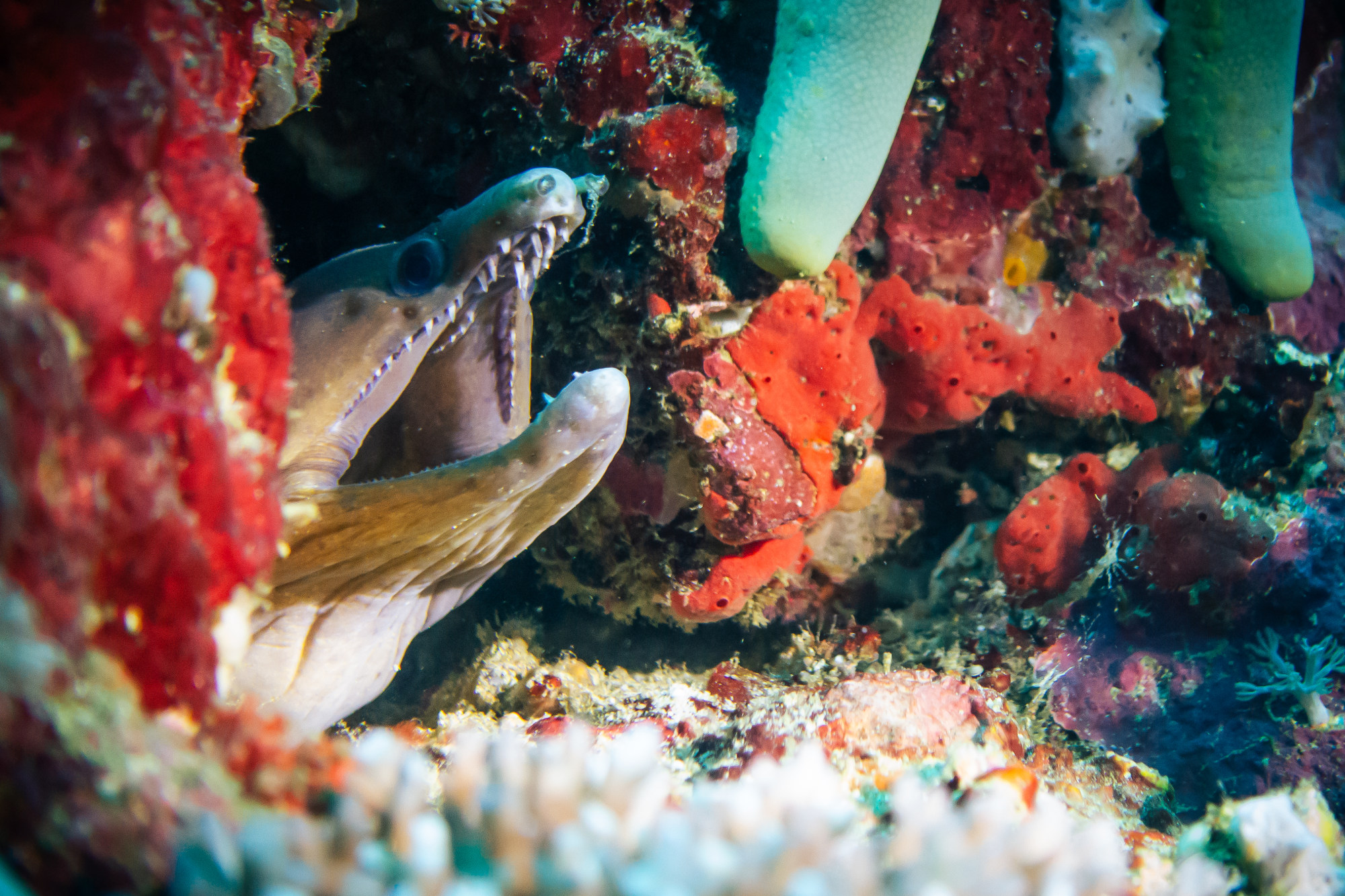
Each time, I tumble into a menagerie of strange and beautiful creatures: gawping moray eels, distended pufferfish, a blue-spotted stingray part-buried in sand. Yellow-striped Moorish idol fish file along highways of coral; skyscraper barrel sponges loom overhead.
At first, Secret Beach appears to be a featureless expanse. But on the seabed, a host of tiny, macro photography-friendly critters come into focus.
Out of the fronds of anemones crawl anemone shrimp: translucent and spindle-legged, like Murano glass sculptures. Camera-shy seahorses prove more of a challenge, turning their faces away as I lift my lens.
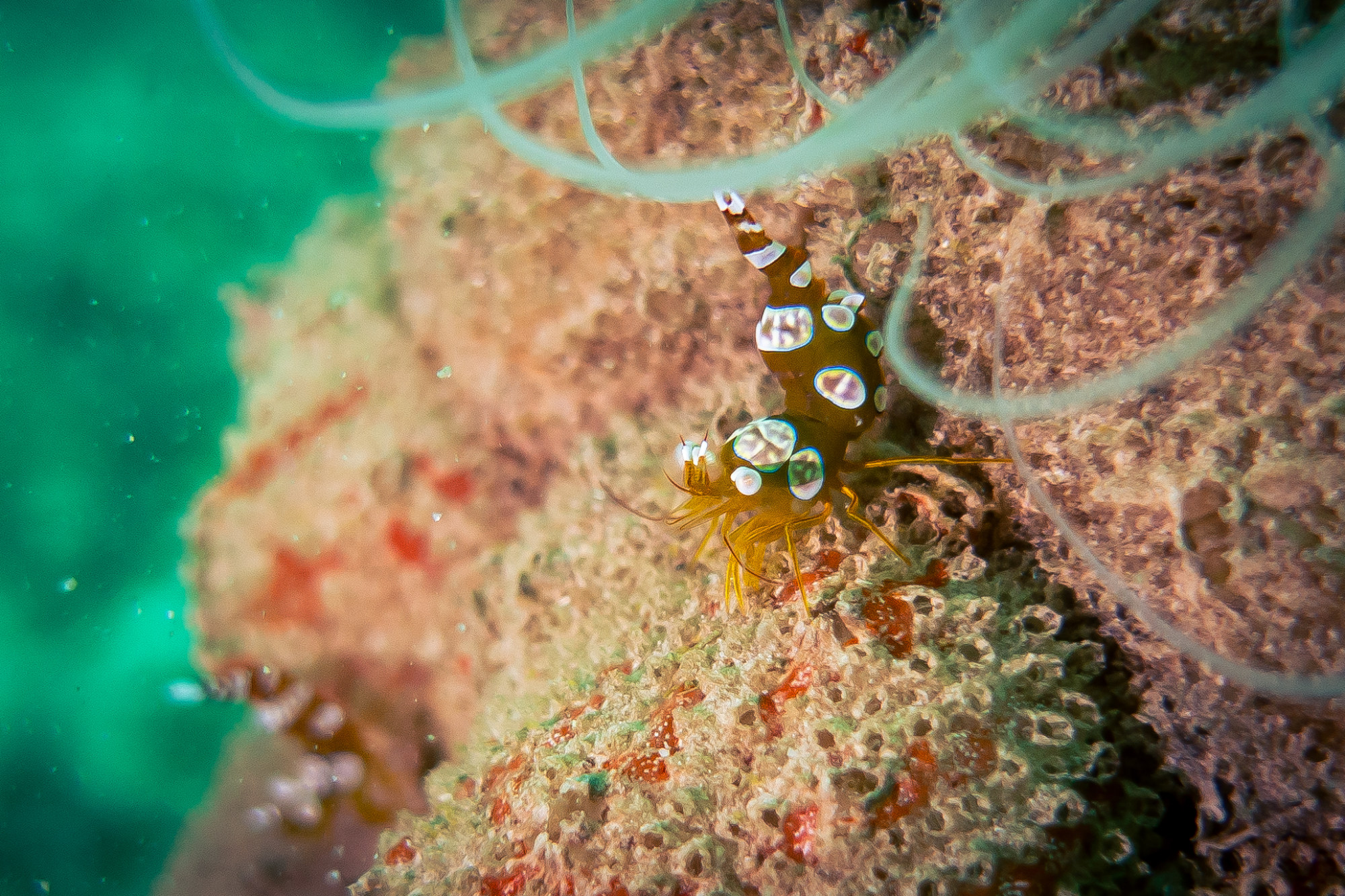
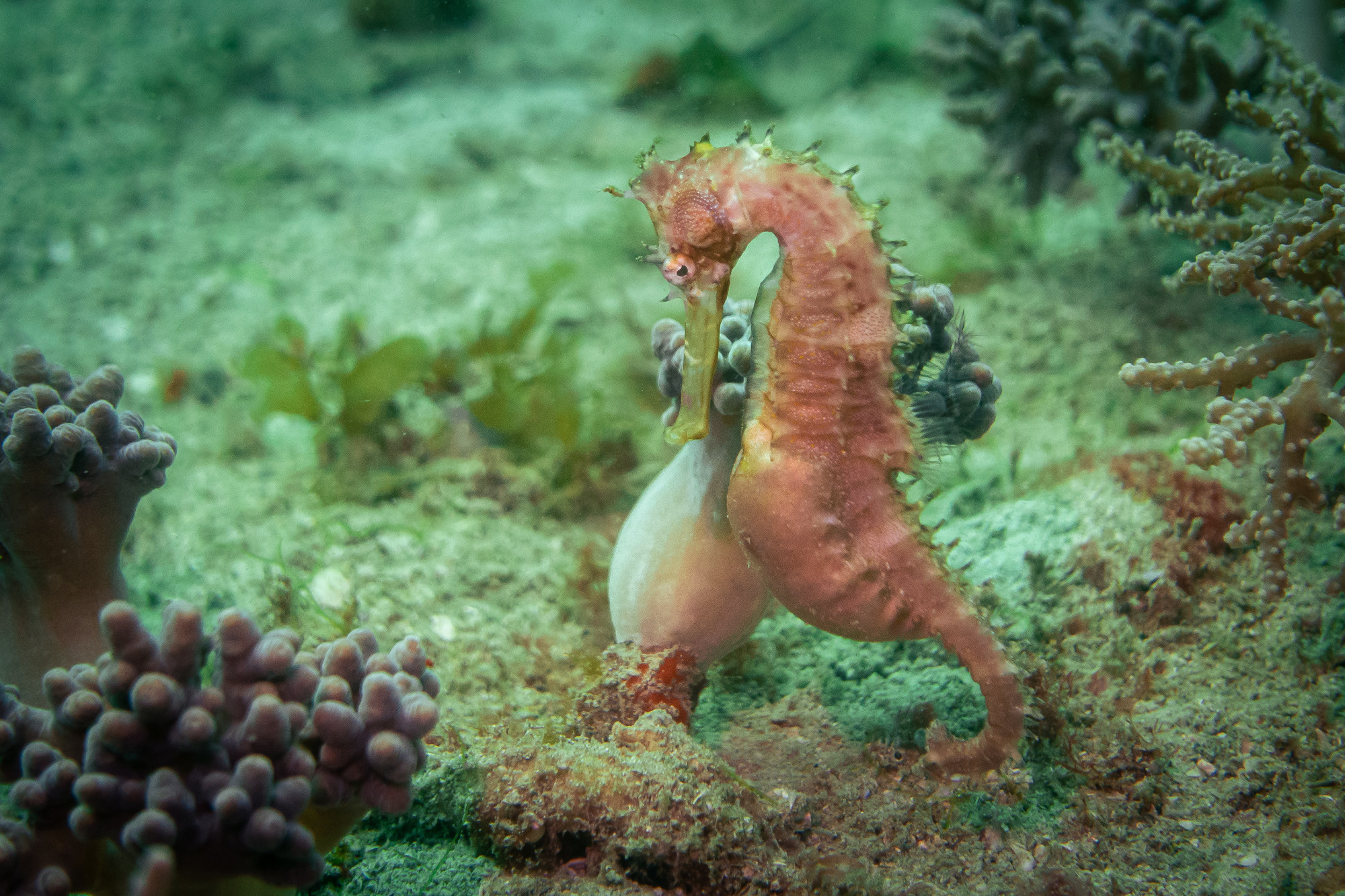
The next morning brings tempestuous weather, so I travel inland to Mangyan Village, where indigenous Iraya-Mangyan people lead tours of their traditional homes and the school, and sell woven products in a crafts centre.
“Mangyan” is an umbrella term for eight indigenous ethnolinguistic groups on Mindoro, of which the Iraya are thought to be the most scattered. Forced out of their coastal lands by Spanish colonists, the Iraya had lived a hand-to-mouth existence in the mountains.
In 1991, billionaire philanthropist Jaime Augusto Zobel de Ayala – chairman of the Ayala Corporation, the Philippines’ oldest conglomerate – bought a plot of land as a permanent home for the Iraya. Zobel oversaw the building of a school, homes and a cultural centre aimed at tourists, which has become a vital source of income for Iraya weavers.
One of them, Airene Pampilo, is pulling strands of nito (a native fern) through a frame made from baging (a type of vine) to make a trivet. The nito strands are dark on one side and light on the other, creating the two-toned look characteristic of Iraya crafts.
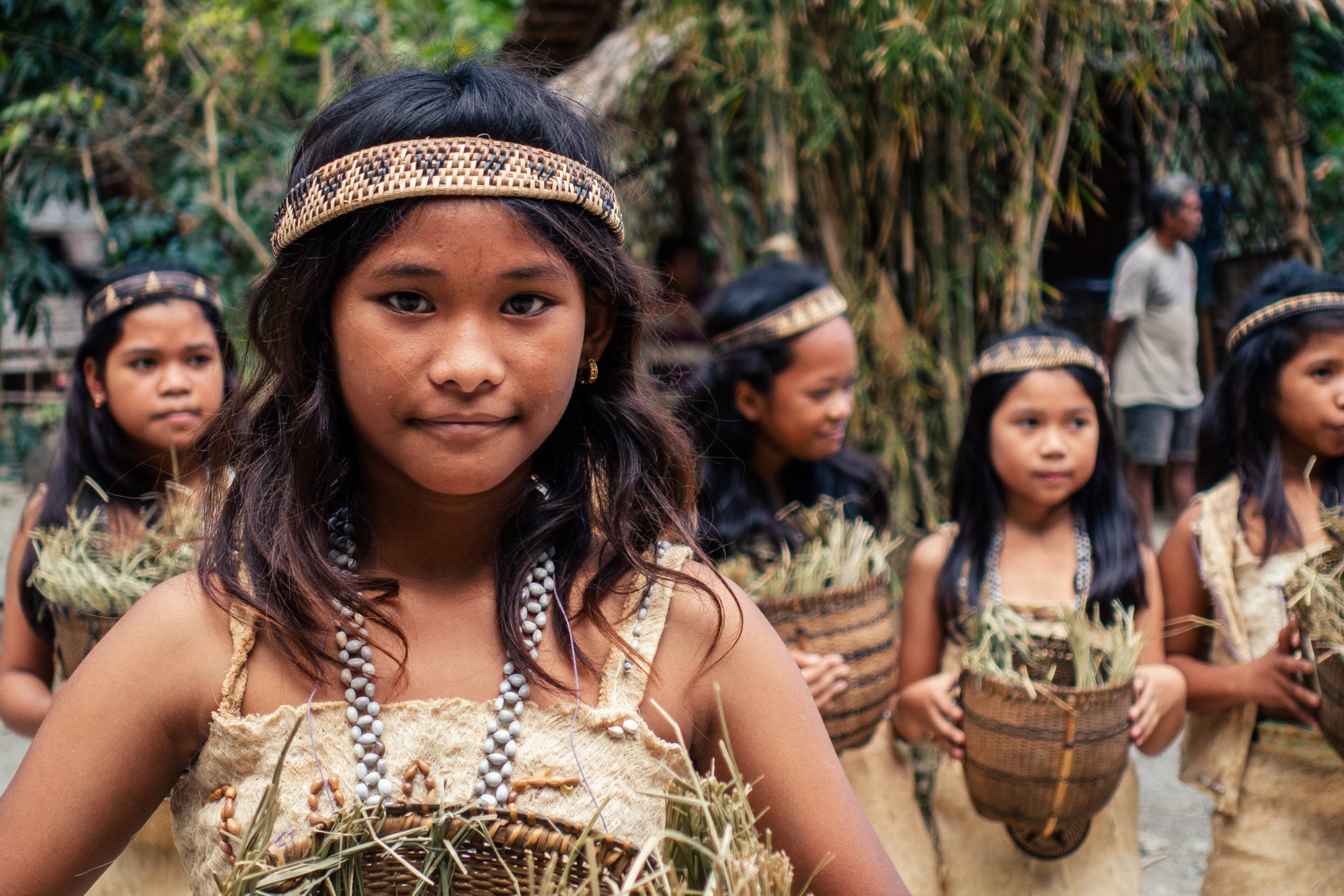
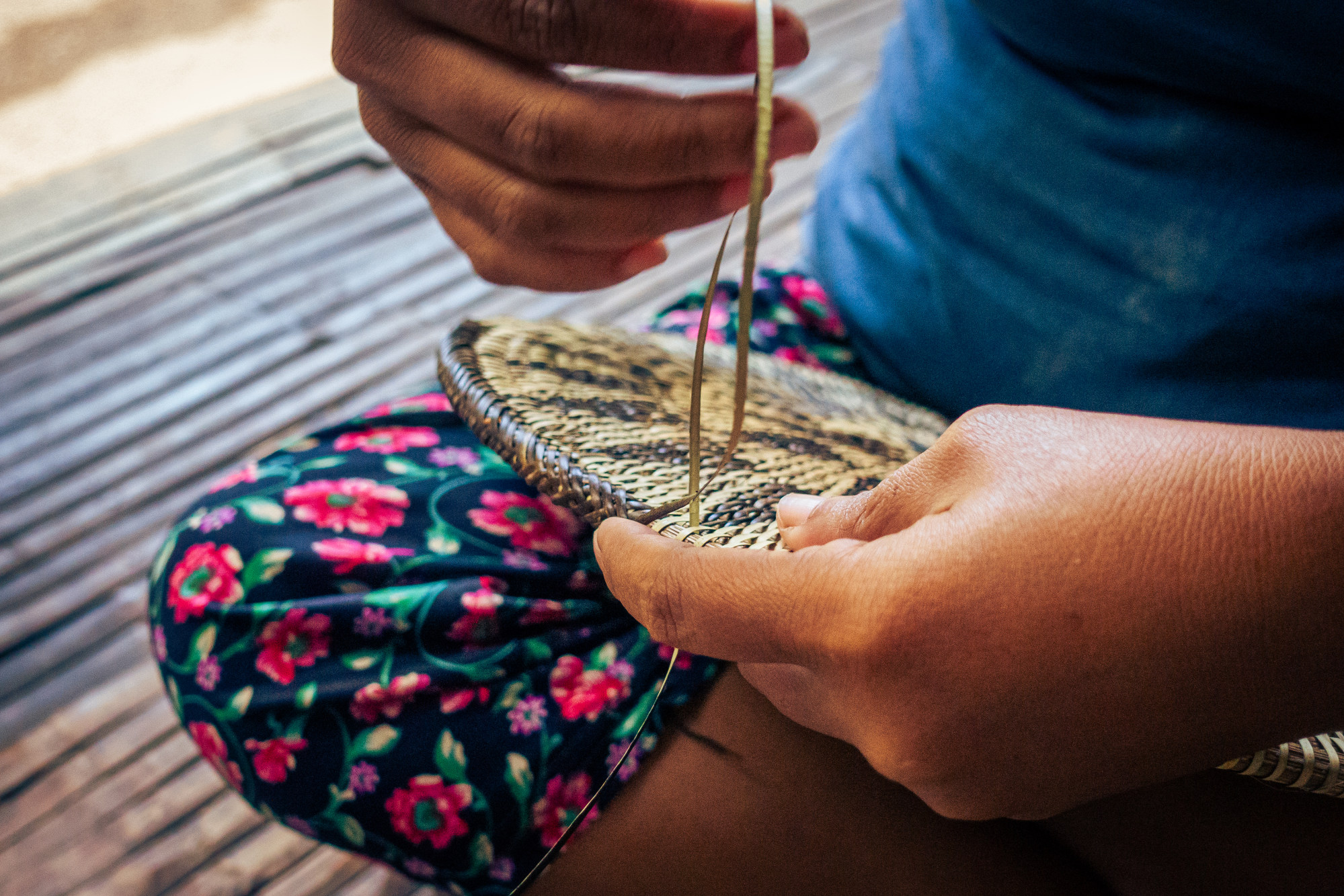
Through a deal with the Ayala Corporation, Pampilo’s work is sold at a premium at Ayala malls across the country; I buy a set of coasters from her, cutting out the middleman and netting a bargain in the process.
Fridays resorts are known for their use of native materials such as bamboo, Capiz windowpane oysters and Mangyan handicrafts – and this traditional approach extends to the food. Although Mindoro lacks native dishes of its own, there is still a distinct northern theme to dinner.
I gorge myself on chicken sisig – a novel take on a Pampangan dish usually made from stir-fried pork – and pinakbet, a mixed-vegetable dish from the Ilocos region laced with pungent shrimp paste.
Over dinner, I find out that the resort has its own dive centre, and consider that a future stay here – in the relative seclusion of Muelle Bay – might be preferable to one in Sabang.
On my final day, I hop on a dive boat for Verde Island, 14km (9 miles) northeast of Puerto Galera.
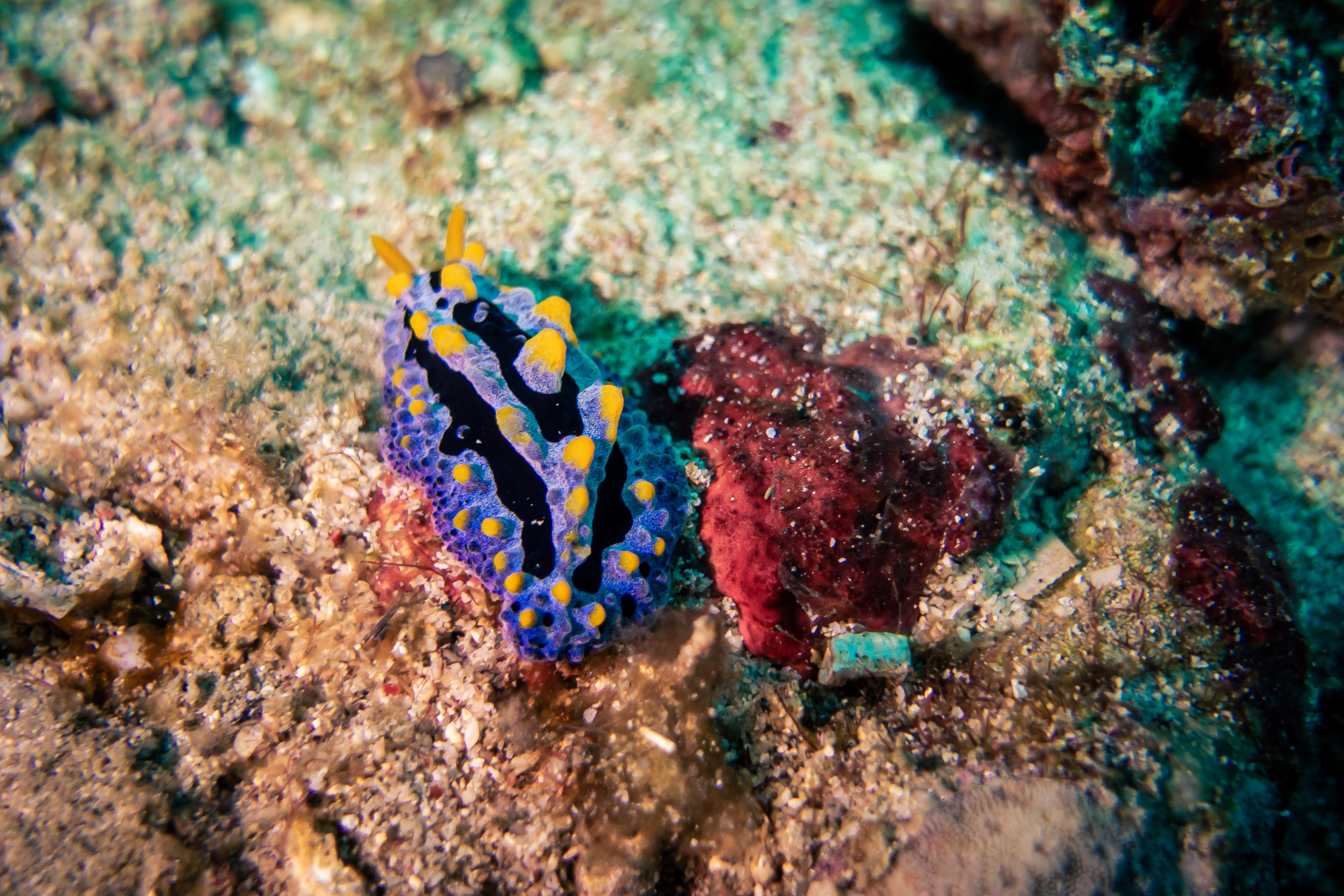
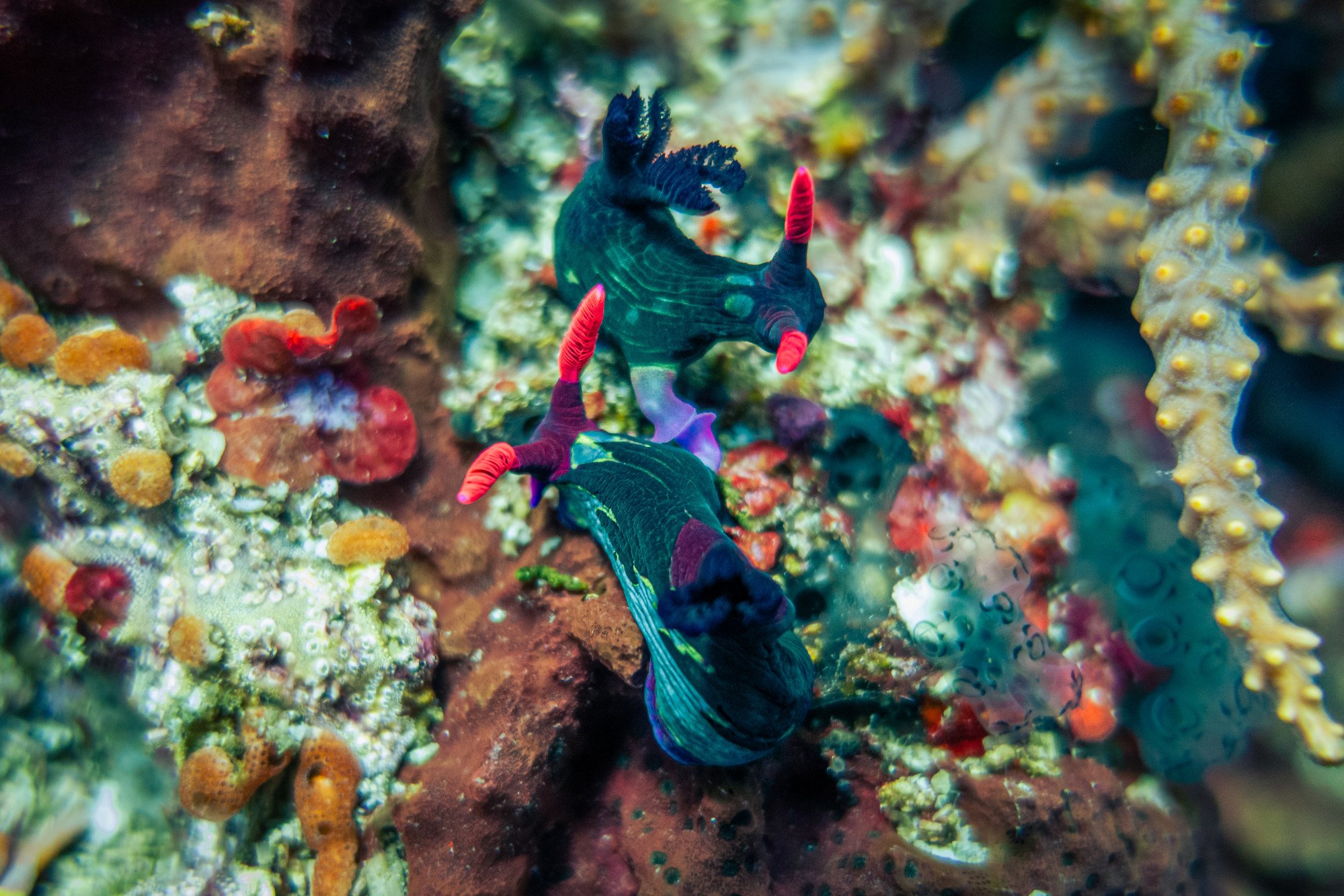
The Verde Island Passage – which runs between Mindoro and Batangas, with Verde Island at its heart – is one of the world’s most biodiverse regions, home to 1,700 fish and 300 coral species. In a 2005 paper, marine scientists Kent Carpenter and Victor Springer called it “the centre of the centre of marine shore fish biodiversity”.
I plunge into the wall-dive spot known as The Drop-Off and am immediately enveloped by fish: little lyretail anthias in vermilion, gold and mauve, scattered like confetti over the cliff face.
A closer look at the reef reveals an octopus, a banded sea snake and a venomous scorpionfish doing a worryingly convincing impression of a rock.
The colourful sea slugs known as nudibranchs are a favourite of underwater photographers as they don’t move much, and more than 800 varieties have been found in the Verde Island Passage.
Their diversity is staggering – purple striped, yellow spotted or jet black, and covered in lichen-like protrusions. I am training my lens on an attractive, red-horned specimen when I hear muffled shouts from my diving companions behind me.
I look around – and am almost decapitated by a turtle, which swoops over me as I fumble for the shutter button.
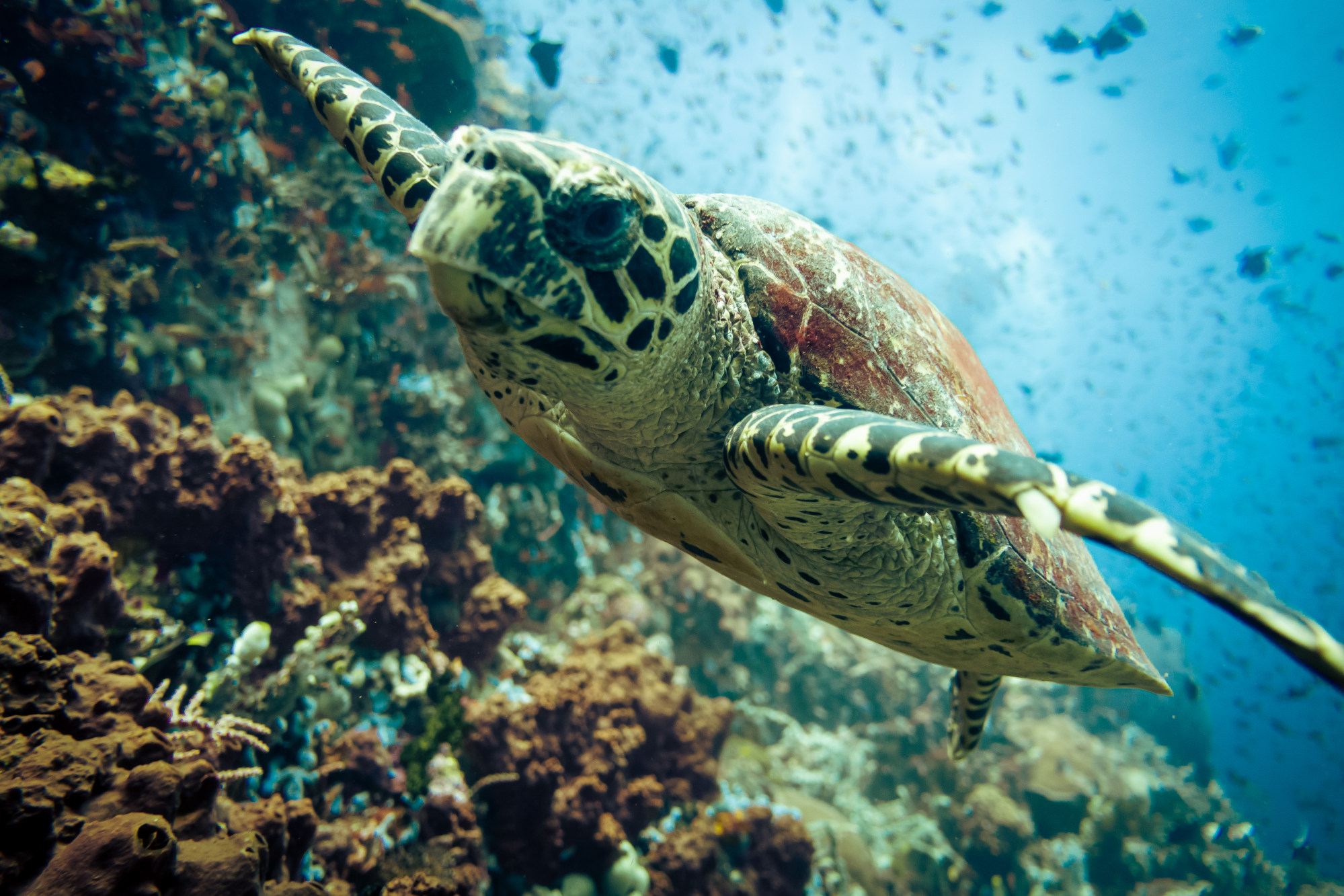
I scramble onto the deck, gasping – not from lack of air but from awe. In my 50-plus dives in the Philippines, I have never seen anything like this.
Not at Coron, not at Dumaguete – not at any of the dive sites I have flown to in search of the next big thing, all the while overlooking the true classic that is Puerto Galera.
The writer’s tour was provided by the Philippine International Dive Expo.

